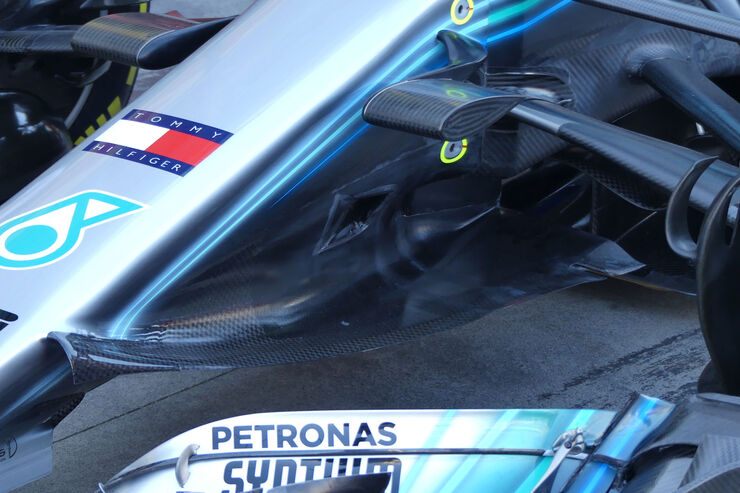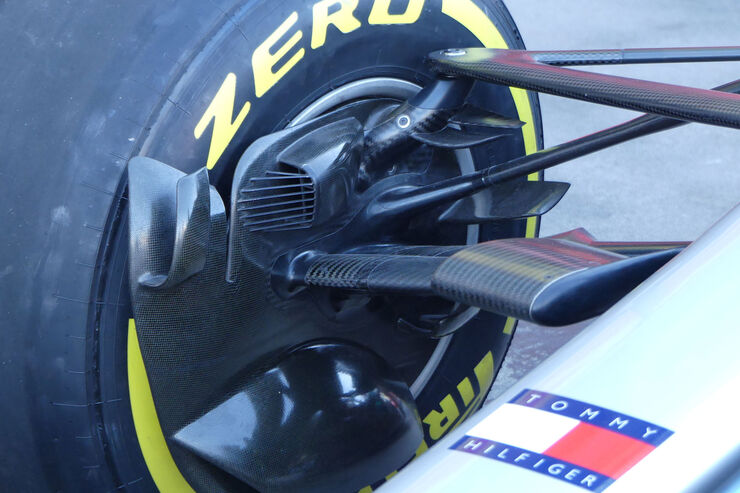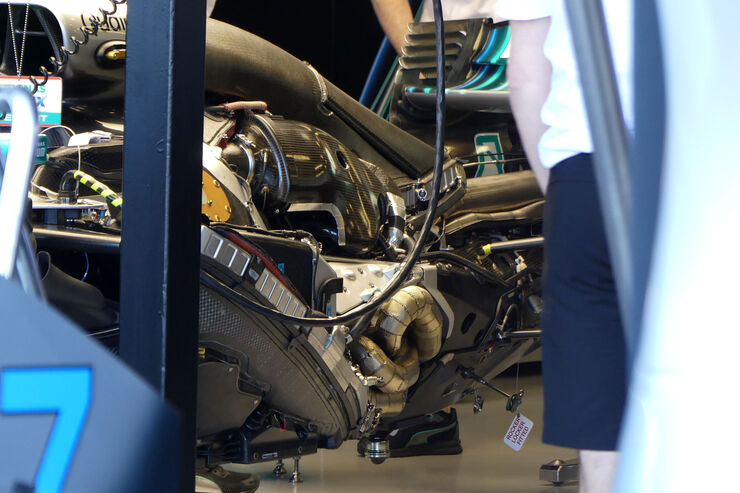
- Login or Register
No account yet? Sign up



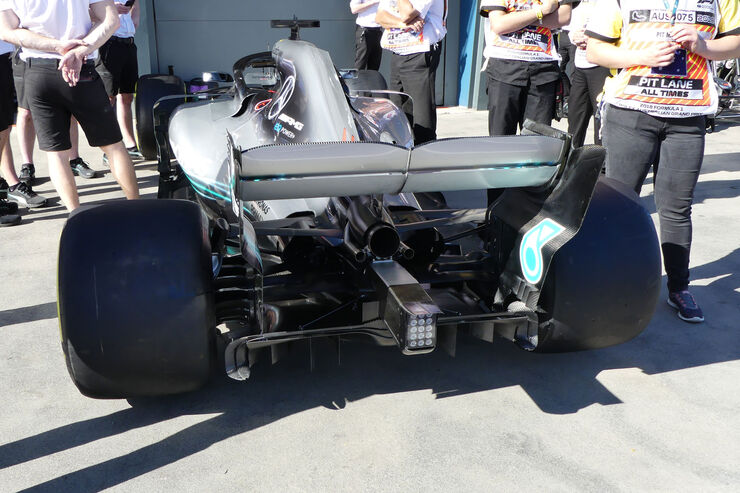



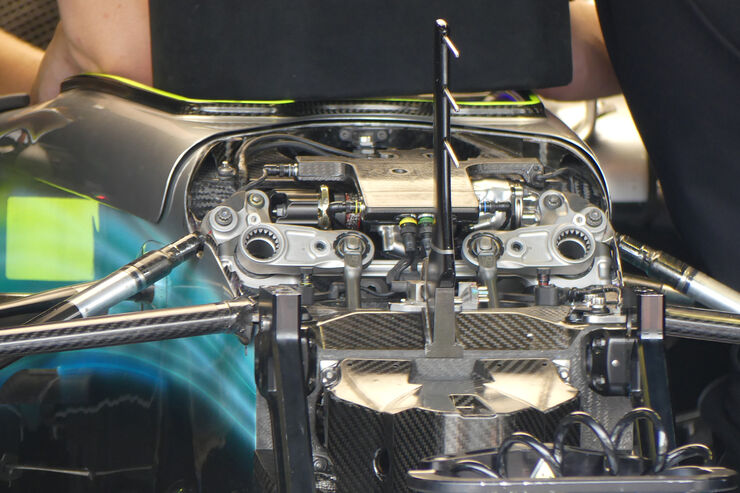
What might the difference be?Blaze1 wrote: ↑22 Mar 2018, 20:27New front suspension innards:
2018:
http://www.f1i.fr/wp-content/uploads/20 ... _2-new.jpg
This new design reminds me of the damper unit Force India used last year, albeit a little more compact
2017:
https://imgr3.auto-motor-und-sport.de/M ... 114827.jpg
I believe a change in the monocoque regulations (a hold over loophole from 2015(?)) necessitated a redesign of those internal components. That Mercedes has (by my assumption) managed to maintain their specific, hydraulic philosophy and perhaps even improve upon the 2017 design, is quite an achievement, given the limited amount of real-estate that's now available to package the front suspension components.daniellammers wrote: ↑22 Mar 2018, 20:43What might the difference be?Blaze1 wrote: ↑22 Mar 2018, 20:27New front suspension innards:
2018:
http://www.f1i.fr/wp-content/uploads/20 ... _2-new.jpg
This new design reminds me of the damper unit Force India used last year, albeit a little more compact
2017:
https://imgr3.auto-motor-und-sport.de/M ... 114827.jpg
Look how the two "eyelet" pieces that the arrows point towards are connected in the middle, have we seen this type of interconnectedness before? Instead of hydraulicly being connected, are they now forced to mechanically connect them?Blaze1 wrote: ↑22 Mar 2018, 20:27New front suspension innards:
2018:
http://www.f1i.fr/wp-content/uploads/20 ... _2-new.jpg
2017:
https://imgr3.auto-motor-und-sport.de/M ... 114827.jpg
You can better see how they are connected in the middle in this pic.

